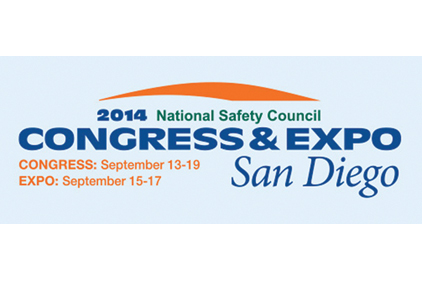Why do you even raise the question: “Should the Safety Department Manage Safety”?
With several of my recent clients, I have seen the tendency to “assume” that the safety manger is to manage safety and leave the supervisors and mid-level managers free to manage “the business.”
In some cases this is a workable arrangement. In others it is not. In some it is a disaster.
In all it is problematic. It tends to create a dichotomy between safety and work rather than creating a vision of “safe work.” If workers have two bosses, then they have two different sets of priorities and two different people to please. Since the work boss has more favors to hand out (scheduling, assignments, raises, promotions, etc.) work tends to win over safety. In an ideal world these two should not have an adversarial relationship.
If not the safety department, who else has the technical & compliance expertise to manage safety?
The short answer is, “The boss of work should also be the boss of safety.” This does not mean that every foreman and supervisor can become a safety expert, but it does imply that they should know, teach, and expect the basics in safety from every worker just as they expect good, basic work behavior.
This leaves the safety “manager” free to help develop the “bosses” into better safety leaders and coaches and serve as an subject matter expert for their more difficult or complex questions. It also frees the safety pro to become proactive rather than constantly fighting fires and trying to maintain a presence in the workplace.
Some safety pros micro-manage safety, as do others in their jobs. With safety departments running lean and with increasing workloads, do you see how safety departments operate changing?
This is another situation that makes it unwise to ask safety pros to manage safety. In many instances there simply aren’t enough of them to cover the workplace with enough presence to have impact. The day-to-day aspects of safety need to be just that -- day-to-day, and not wait for the royal visit of the king or queen of safety.
Many safety pros have “manager” in their titles. Doesn’t that imply they are hired to “manage” the safety department? Isn’t that what senior organization leaders expect of them? And employees, too. You know, “Let the safety manager do safety…”
Yes, many managers expect their safety pros to manage safety and that is why they titled them “managers.” But most other functional managers manage the function, not every worker. The workers are managed by supervisors which the safety “managers” usually don’t have.
So the change must start at the top of the organization with a basic re-write of the organizational vision for safety as well as the roles, responsibilities and expectations of everyone involved. Changing who manages safety is a strategic decision and should be made by organizational leaders. The tactics of making it happen can be delegated but not the core, strategic decision.
This basic assumption of how safety is to be managed needs to be examined and challenged. If it is functioning well it can be left in place, but if not, alternatives need to be explored. Even where this traditional approach is workable, some progressive organizations have chosen to change in the name of continuous improvement rather than problem-solving.
Terry L. Mathis is CEO, ProAct Safety, Inc.; 800.395-1347. ProAct’s new book is, “STEPS to Safety Culture Excellence.”


